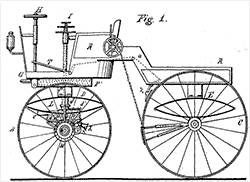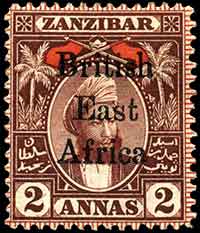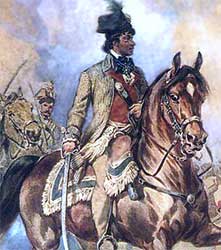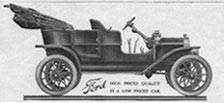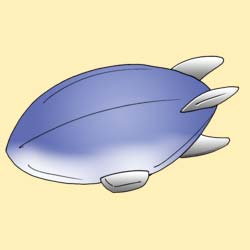 On this day 90 years ago, British Egyptologist Howard Carter and his employer Lord Carnarvon became the first people in 3,000 years to enter the tomb of the Egyptian Pharaoh Tutankhamun. In the early part of the 20th Century, archaeologists had been excavating tombs in the Valley of the Kings. It was widely believed that all relevant discoveries had already been made, but Howard Carter thought differently.
On this day 90 years ago, British Egyptologist Howard Carter and his employer Lord Carnarvon became the first people in 3,000 years to enter the tomb of the Egyptian Pharaoh Tutankhamun. In the early part of the 20th Century, archaeologists had been excavating tombs in the Valley of the Kings. It was widely believed that all relevant discoveries had already been made, but Howard Carter thought differently.
Carter had been employed in 1892 at the age of 17 by the Egypt Exploration Fund in the excavation of tombs at Beni Hasan, and he worked his way up to the position of chief inspector of the Egyptian Antiquities Service by 1899. In 1907 he was employed by Lord Carnarvon to supervise his excavations, and after the first world war he started digging in the Valley of the Kings. Several years went by with no success, and Lord Carnarvon was planning to cease funding after the 1922 season.
Then, on 4 November 1922, a step was discovered leading down to a tomb. Lord Carnarvon travelled to Egypt for the unveiling, and on 26 November he and Carter entered the tomb. It turned out to be nearly intact, containing a vast array of treasures. The journalist HV Morton was present, and his description created a sensation when it was published. Carter meticulously recorded the contents of the tomb, a process that took him nearly ten years.


